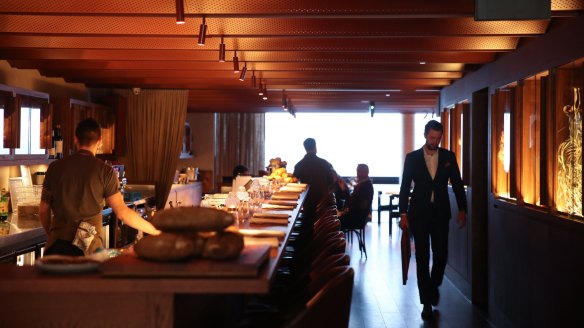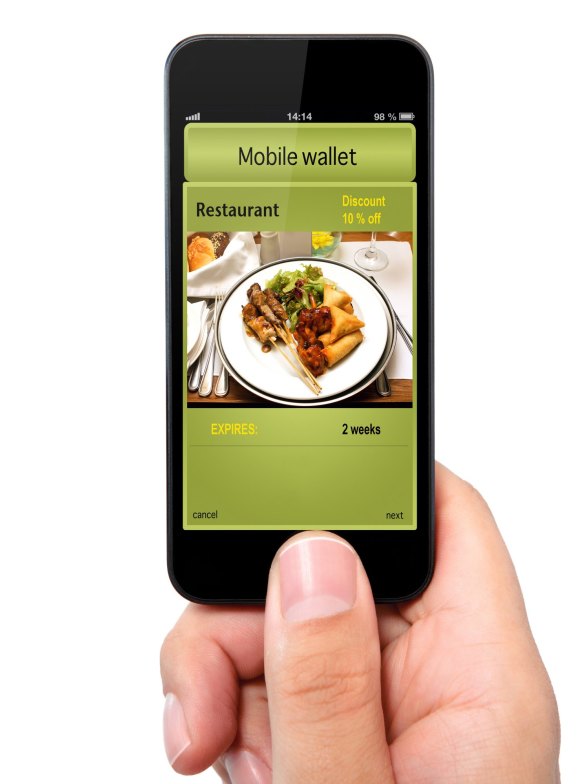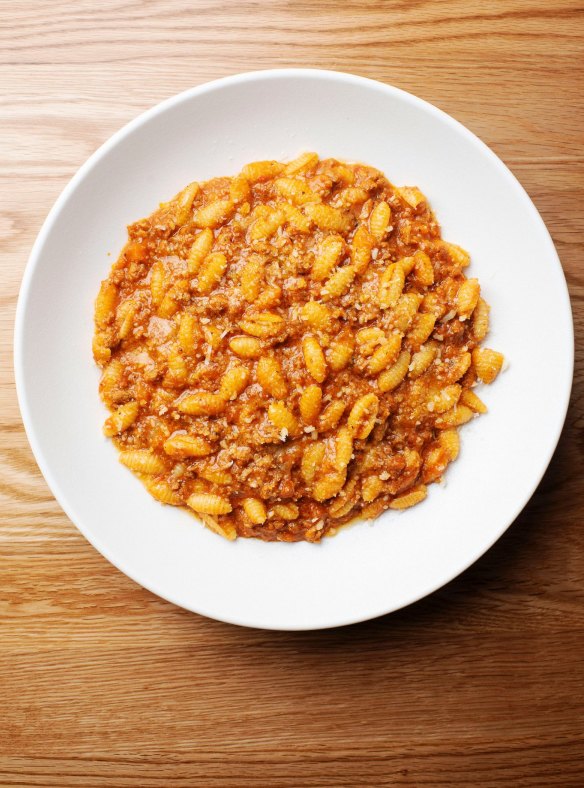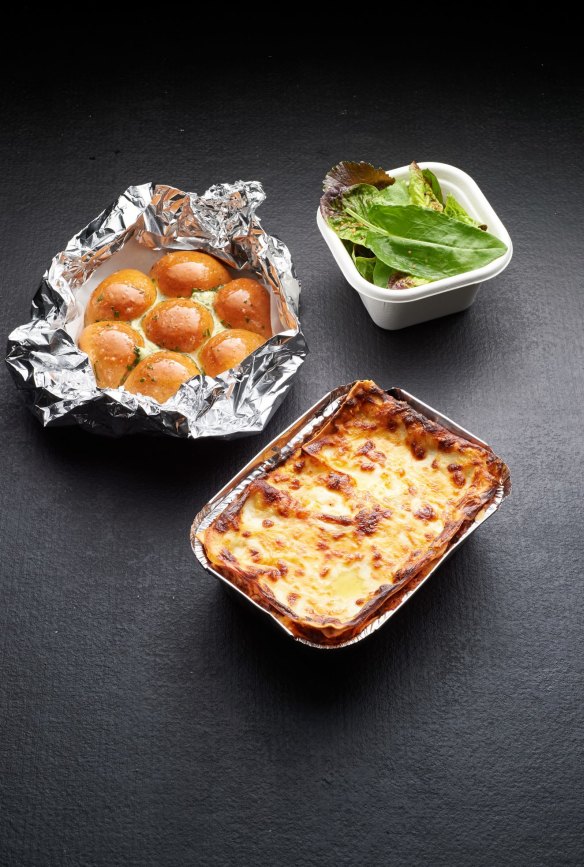Adam Liaw's forecast for fine dining in the future

QUARANTINE COOKING
It's your anniversary and you're heading out to dinner. You couldn't do anything last year because of the pandemic so it's time for something a little fancy.
You jump onto your restaurant ticketing app and start to browse. You rated your meal at a particular three-hatted place so the app is recommending a few others to you at varying price points.
Related Article
The last time you went out for a ticketed meal was a few months ago when a friend messaged on a Friday afternoon saying that they'd just been called off the waitlist for one of the busiest restaurants in town. They had to confirm a table for four in 10 minutes or the app would offer it the next person on the list. "Why not?", you thought, and it turned out to be one of the more spontaneous and fun nights you'd had in years.
You settle on a two-hatted modern Italian place you haven't been to before. The tasting menu is $150 a head and it's the only option. The app already knows your dietary preferences and that your partner is pescatarian. Luckily most ticketed restaurants offer vegetarian and pescatarian tasting menus as an option these days.
You're pretty sure you won't need to cancel, but a lot can happen in a month and $300 for two is a lot to be out of pocket. But the app shows you that tonight's waiting list is already 15-people long on a Wednesday. If you need to release your tickets last-minute someone's sure to snap them up.

You pay upfront through the app, accruing a few loyalty points. Drinks and extras you can sort out on the night. You're looking forward to it.
A few days before your reservation the restaurant notifies you through the app. It's a short video about art on the walls, some background on one of the dishes and a message from the farmer they source their lamb from. Nice details you might have missed on the night. You're getting excited now.
You're at the restaurant and things are going fantastically. The first few courses were spectacular.

Your waiter apologises for having to run outside every few minutes. Their delivery entrance is still under construction so for the moment they're running deliveries out the front. It's not so long ago that a two-hat restaurant would have turned its nose up at delivery, but they all do it now.
Tonight's delivery menu is the restaurant's handmade malloreddus pasta with Berkshire pork ragu. Very different from the menu you're having but it sounds delicious all the same.
The courses come and go. That lamb was particularly delicious.

"I'm so glad you enjoyed it," says your waiter. "There's a package from the farmer on the Home Menu if you're interested,"
You ask the waiter for the Home Menu to browse. It's a list of additional items the restaurant offers.
There's a bottle of the chef's salad dressing. A wheel of a cheese the chef has created in collaboration with a local fromagerie. A monthly wine subscription of mixed dozens from the restaurant's suppliers, complete with tasting notes from the sommelier and pairing recommendations from the chef.
Most of these are available online anytime, but there are a few that you can only get your hands on if you're a dine-in guest. EVERYONE who comes here gets the passata. It's a thing. The restaurant makes 1000 bottles of it every February. You've seen the pictures on Instagram but it's only available to buy if you've eaten here. You order a half-dozen at $10 a bottle.
There's that lamb that you liked, too. Four kilos of mixed organic lamb cuts delivered direct from the farmer for $140. The restaurant takes 10 per cent, but for the farmer it's a chance to sell directly to a customer they otherwise never would have been able to access. You decide to send it to your dad for his birthday. He loves lamb.
You can't remember why restaurants didn't do this sooner. They spent so many years cultivating relationships with producers, making delicious stocks and sauces, building brands and expertise only to have their ability to monetise it bottlenecked at the number of seats they can fit in a dining room. That seems like such an old-fashioned business model now.
Your partner eyes the takeaway menu for the week. There's a family-sized lasagne made with the restaurant's own cotechino sausage. You've got a busy week ahead and it might be good to have something in the fridge ready to bake. You decide to get one delivered on Wednesday, along with a bottle of the salad dressing.
You confirm your bill on the restaurant's tablet. The app tallies your meal and drinks, but also adds your delivery address for the things you've ordered for home. You can't remember your dad's address for the meat delivery, but you can update that in the app tomorrow.
There's a small (and legal) surcharge because it's a weekend and wages are higher, but there's no tipping allowed. This part was strange in the beginning (particularly for the restaurants) but everyone is used to it now. An industry can't survive when 10 or 20 per cent of its revenue is entirely discretionary and dependent on how many glasses of wine the person who pays the bill has had.
You're on the way home now and a notification pings on your phone.
The restaurant is having a special event in a couple of months – five nights of collaboration dinners with a singer-songwriter you like. Eight courses and eight songs for $220. An intimate concert and dinner to boot. It'll sell out for sure, but because you've just dined there you qualify to register for tickets.
"Why not?", you think, before tapping.
Why not.
Appears in these collections
More:
From our partners
Original URL: https://www.brisbanetimes.com.au/goodfood/eating-out/adam-liaws-forecast-for-fine-dining-in-the-future-20200603-h1oibb.html

